The origins of the metric system and why the U.S. doesn’t use it
In the world of measurements, two systems stand as giants: metric and imperial. Each has its own charm and quirks, much like characters in a classic novel. Metric, with its sleek, decimal-based design, is the choice for scientists and educators worldwide.
Meanwhile, the imperial system, with its roots in British history, remains beloved in the United States. This tale of two systems is a fascinating journey through history, culture, and practicality.
A Brief History of Measurement: From Cubits to Chaos
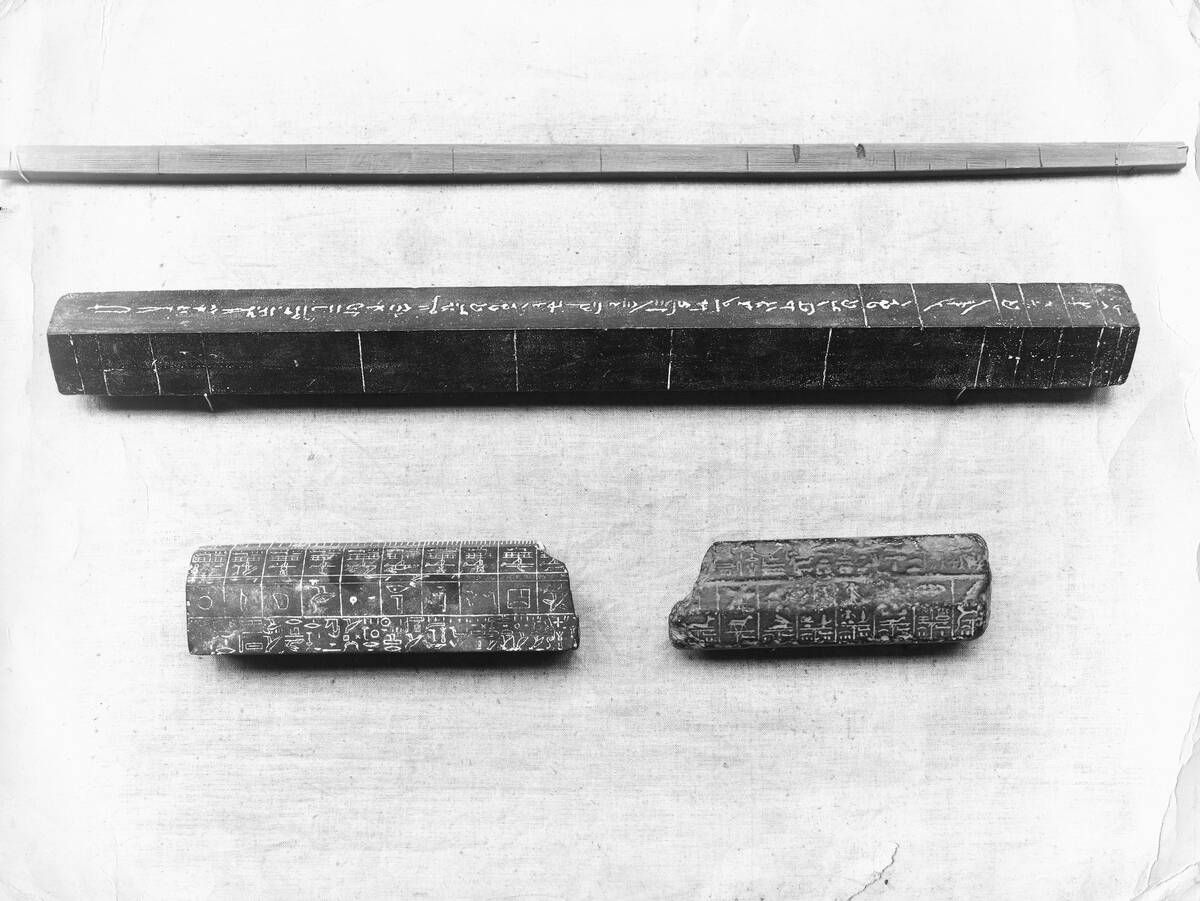
Long before metric and imperial, ancient Egyptians used cubits, based on the length of a forearm, to construct pyramids. Measurement systems evolved over centuries, leading to a patchwork of standards across cultures.
The chaos of differing measurements created confusion, especially in trade, where consistency was crucial. As societies grew, so did the demand for a uniform system, setting the stage for the metric system’s emergence.
The Birth of the Metric System: A Revolutionary Idea

The metric system was born during the Age of Enlightenment, a time ripe for scientific advancement. Conceived in the 1790s in France, it aimed to simplify and unify measurements across the nation.
Based on the natural world, the meter was defined as one ten-millionth of the distance from the equator to the North Pole. This innovative approach marked a revolutionary shift towards universal standardization.
The French Revolution and the Quest for Uniformity

Amid the turmoil of the French Revolution, the metric system was a beacon of rationality. Revolutionaries viewed it as a tool for equality, standardizing measurements to abolish the old regime’s inconsistencies.
The system’s decimal nature mirrored the revolutionary ideals of reason and progress. By 1795, it had become the official system of weights and measures in France, promoting fairness and clarity.
Meters and Kilograms: The Building Blocks of the Metric System

At the heart of the metric system are the meter and kilogram, fundamental units of length and mass. The meter’s definition has evolved with scientific progress, now based on the speed of light.
The kilogram, originally a platinum-iridium cylinder, has moved to a definition tied to Planck’s constant. These units provide a consistent foundation for measurements, enabling precision across diverse fields.
The Global Spread: How the Metric System Conquered the World
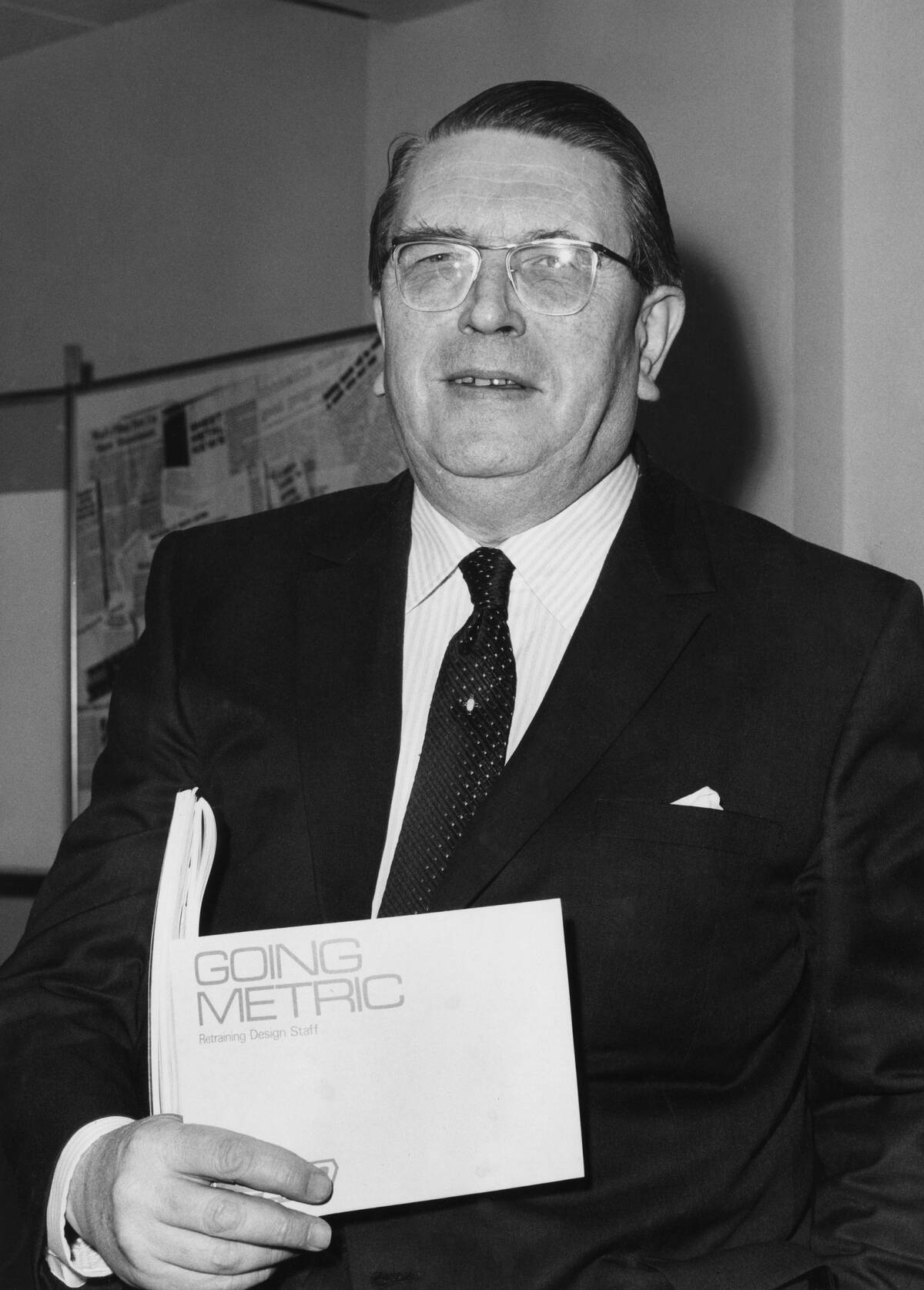
The metric system’s practicality led to its rapid global adoption. By the 19th century, countries across Europe and beyond embraced it for its simplicity and uniformity. International trade and scientific collaboration benefited immensely from a common measurement language.
Today, over 95% of the world’s population lives in metricated countries, underscoring its widespread acceptance and success.
Metrication: From France to the Rest of Europe
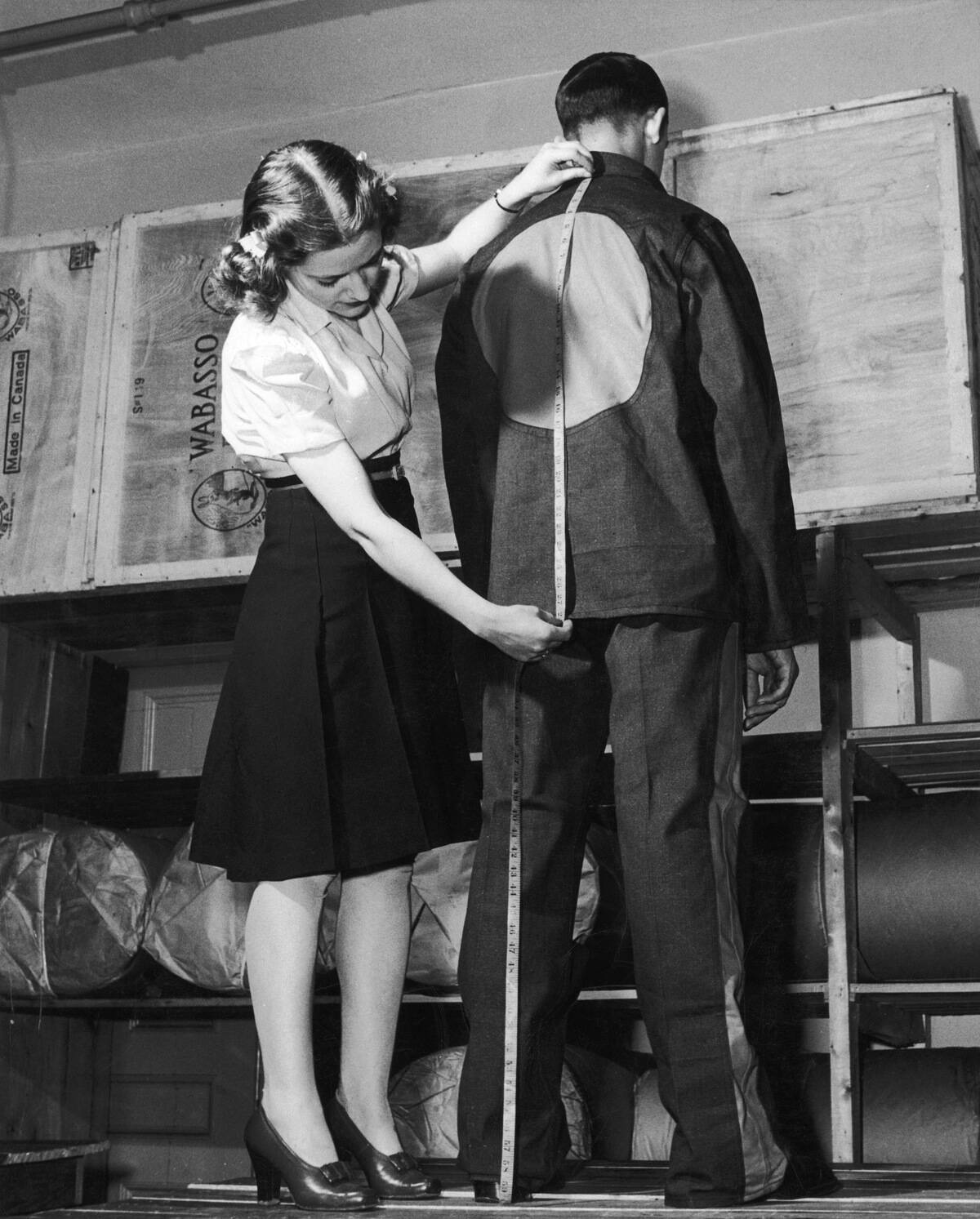
France’s metric system paved the way for a measurement revolution. By the mid-19th century, Belgium, the Netherlands, and Italy had adopted it, recognizing the benefits of consistency.
Metrication spread through Europe like wildfire, aided by industrialization and the need for standardized manufacturing. The metric system’s logical structure appealed to nations eager to modernize and streamline commerce.
The British Empire’s Reluctant Transition

Despite the metric system’s advantages, the British Empire clung to imperial units. The UK only formally adopted metric in 1965, driven by economic necessity rather than enthusiasm.
Resistance persisted, especially in everyday life, where miles and pints remained popular. The transition was gradual and met with mixed feelings, reflecting a complex relationship with tradition and change.
Metric vs. Imperial: The Global Tug of War
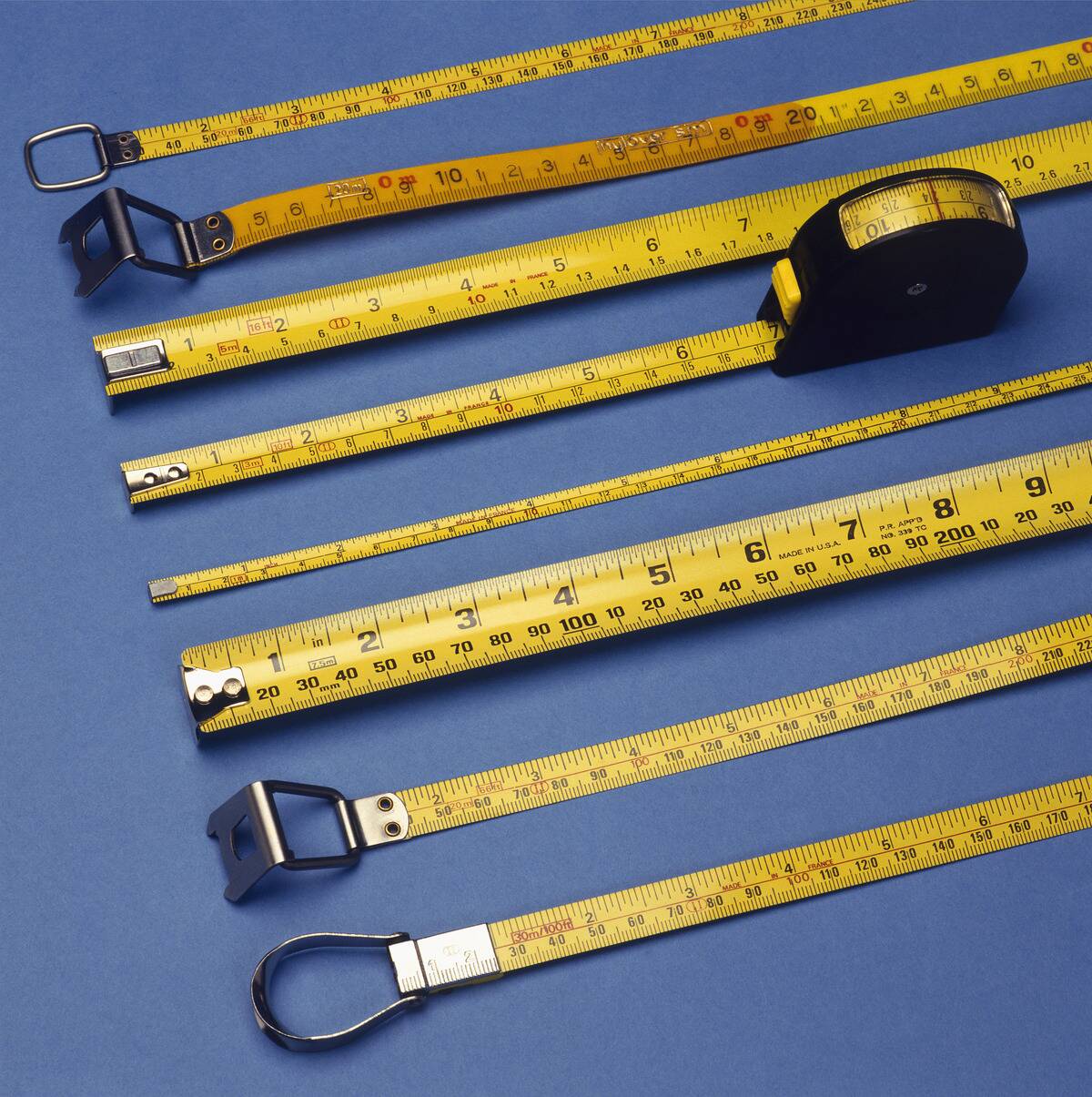
The metric and imperial systems engage in a global tug of war, each with staunch defenders. Countries like Canada and the UK use both, creating a blend of units in daily life. The metric system’s logical appeal often clashes with cultural attachments to imperial measures.
This ongoing battle highlights the challenges of balancing practicality with tradition in a diverse world.
The United States: A Nation Sticks to Its Guns
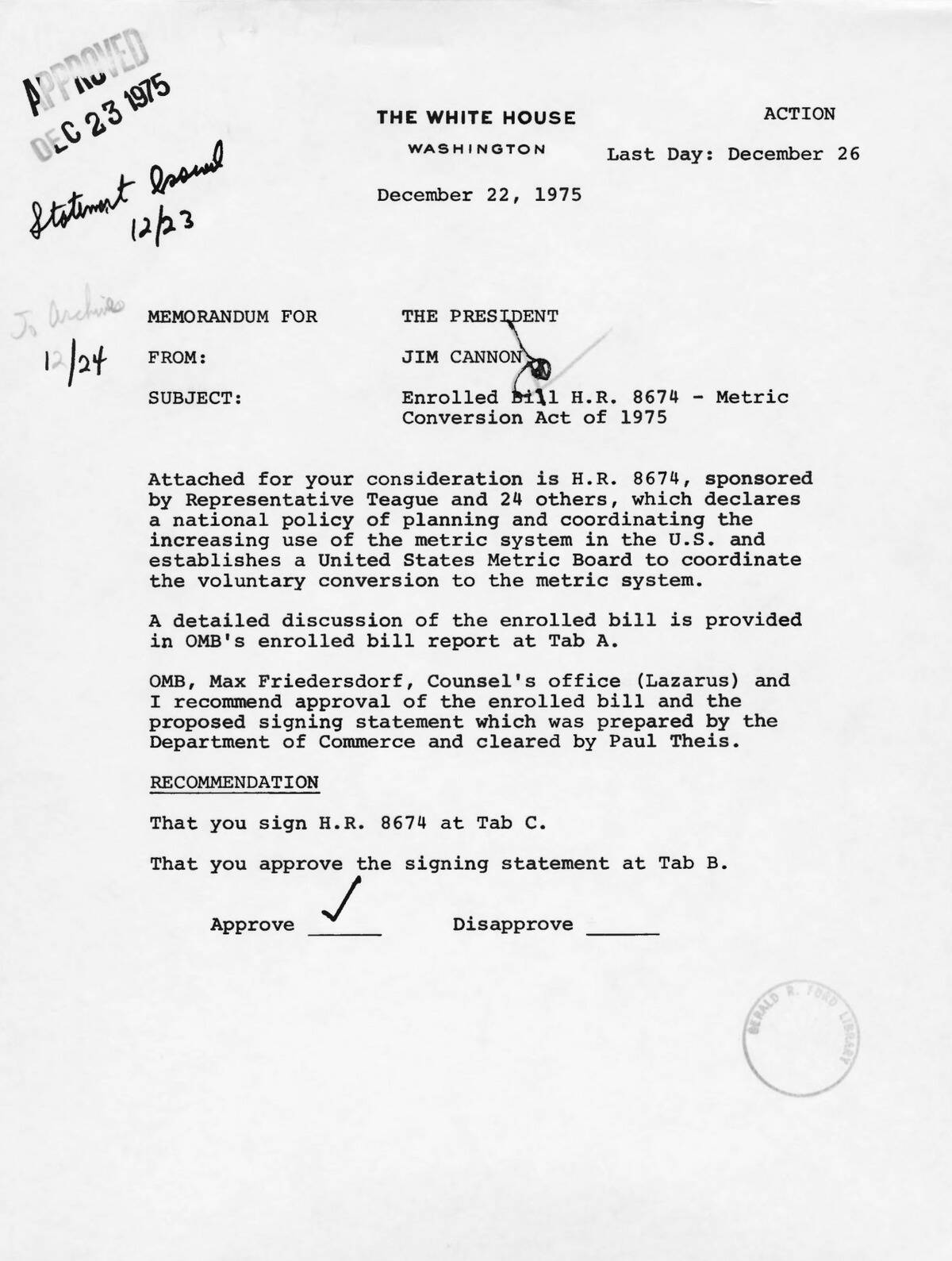
In the U.S., the imperial system remains deeply ingrained in everyday life. Despite metric’s global dominance, Americans measure height in feet and weight in pounds.
Efforts to introduce metric, like the Metric Conversion Act of 1975, faced resistance and faded into obscurity. The U.S. stands as a testament to the power of tradition and cultural identity in shaping national preferences.
Customary Units: As American as Apple Pie

Customary units in the U.S. are more than just measurements; they’re a cultural cornerstone. From miles on highways to cups in recipes, these units are woven into the American fabric. The familiarity and comfort they provide make them as American as apple pie.
While metric units are taught in schools, customary units reign supreme in everyday life, symbolizing a uniquely American approach.
The Metric Conversion Act of 1975: A Forgotten Initiative
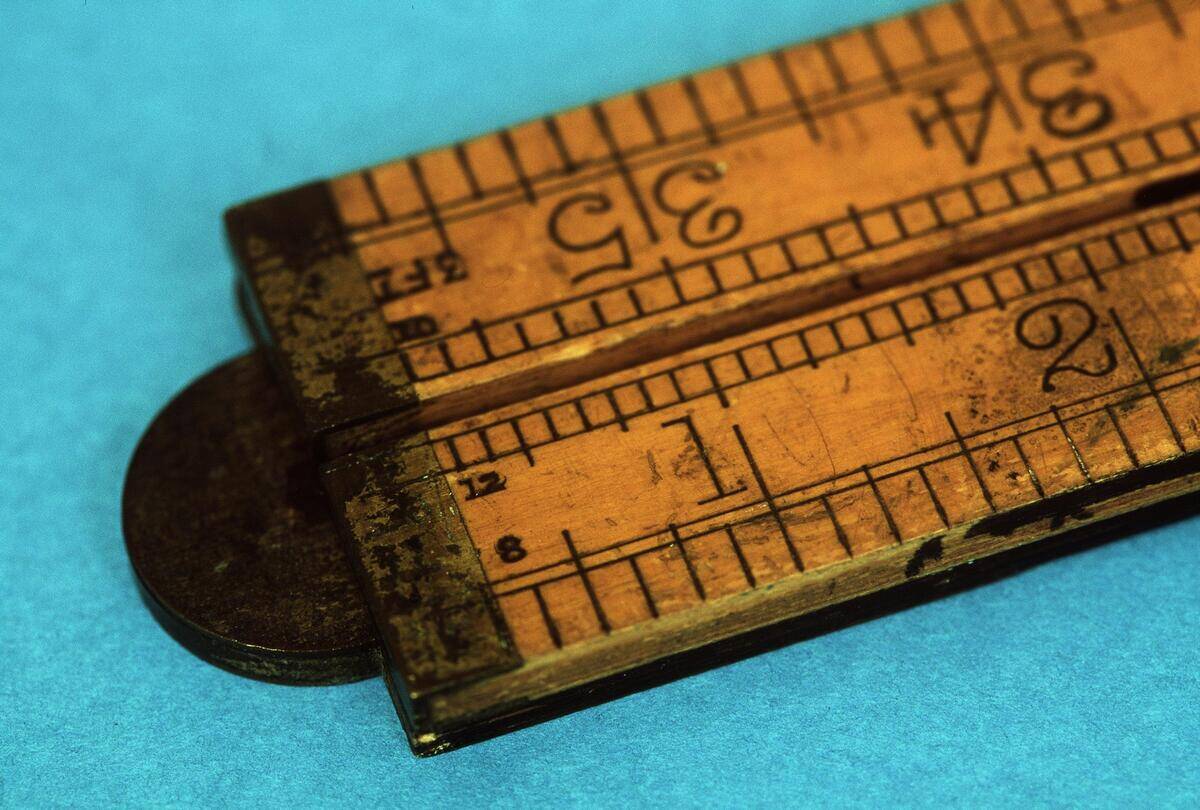
The Metric Conversion Act of 1975 aimed to transition the U.S. to metric, but it quickly became a forgotten initiative. Lack of public interest and political will stalled progress, leaving the act largely unfulfilled.
The voluntary nature of the transition meant that industries and individuals could choose to stick with imperial units. This half-hearted approach underscored the challenge of changing deeply rooted habits.
Metric in Disguise: Everyday Metric Use in America

Despite the prevalence of imperial units, metric measurements quietly permeate American life. Soft drink bottles are sold in liters, and scientists work exclusively in metric. Even in the kitchen, nutrition labels display grams and milliliters.
This silent coexistence shows that while the metric system isn’t dominant, it plays a crucial role in specific contexts, blending seamlessly into the background.
Why the U.S. Loves Its Inches and Pounds
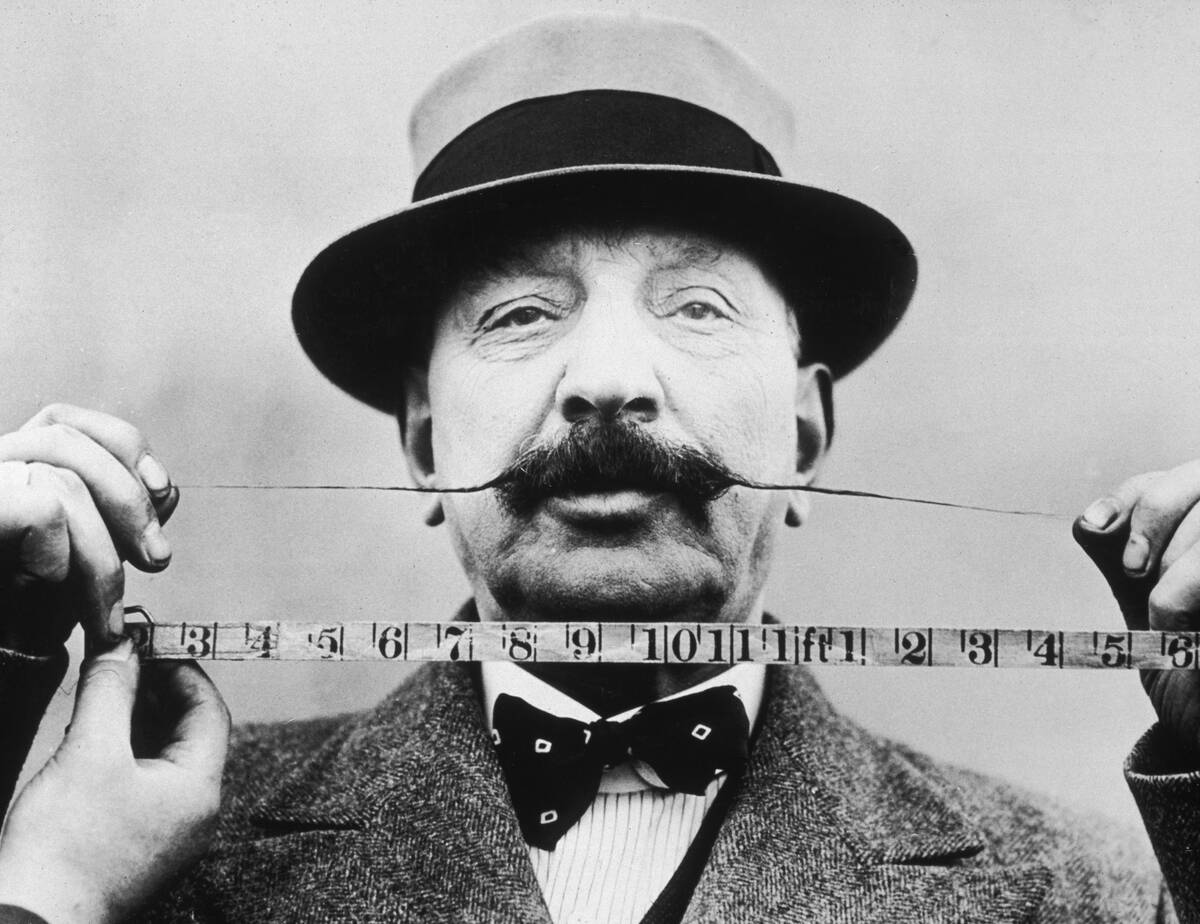
Inches and pounds hold a special place in American hearts, rooted in history and familiarity. These units are easy to visualize and have cultural significance, often tied to personal milestones and everyday experiences.
The emotional connection to imperial measures often outweighs the logical benefits of metric, showcasing the deep-seated reasons behind America’s attachment to its traditional system.
The Science and Industry Exception: Where Metric Reigns
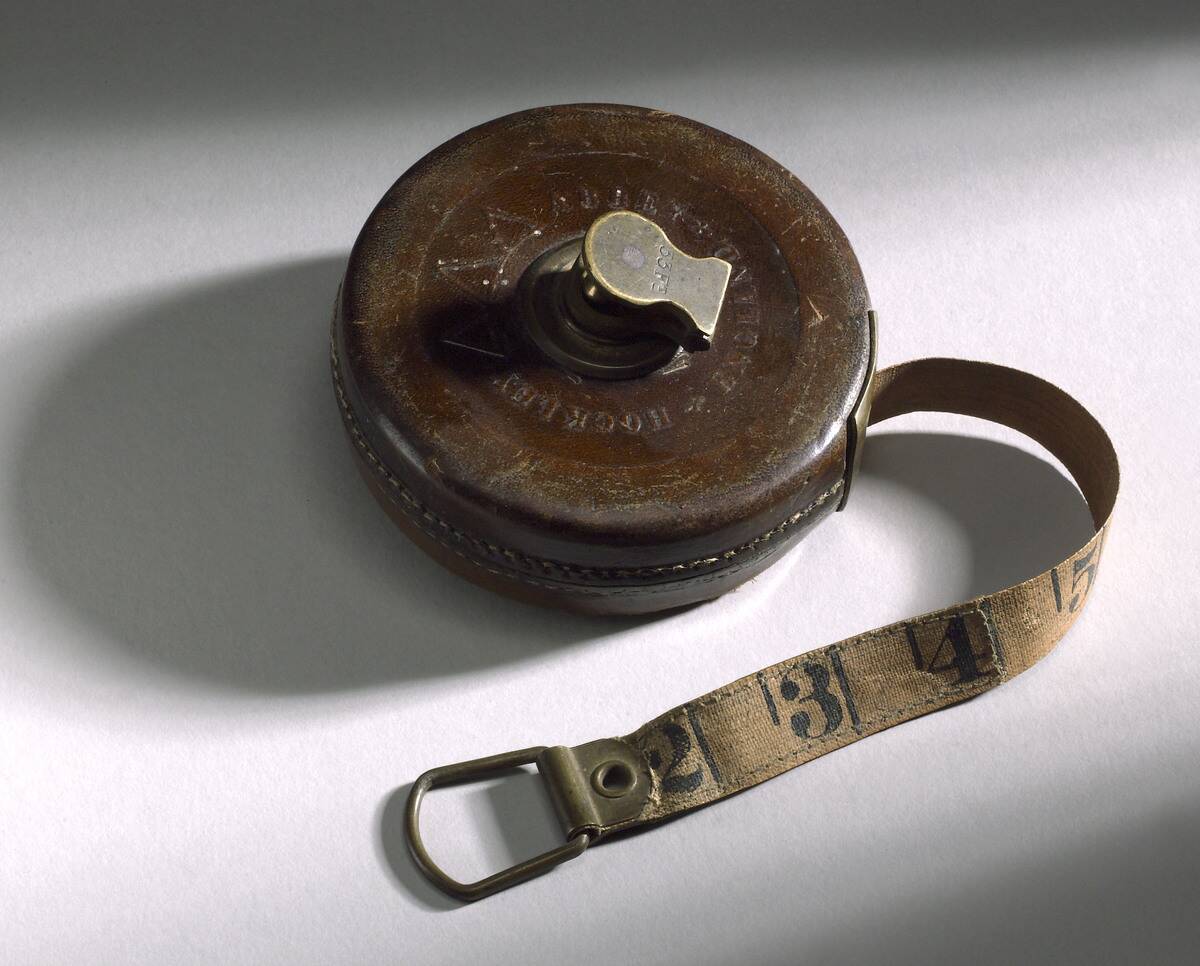
In science and industry, metric measures reign supreme in the U.S. Engineering projects and scientific research rely on metric’s precision and universality. The global nature of these fields necessitates a common language, and metric provides that consistency.
This exception underscores the system’s practical advantages, even in a country where imperial units dominate the public sphere.
The Cost of Switching: Dollars, Cents, and Sense

Switching to metric in the U.S. would involve significant costs, from road sign replacements to educational materials. These financial hurdles are a major reason for the country’s reluctance to fully embrace metric.
Beyond dollars and cents, there’s a sense of practicality in retaining a system that works for most Americans. The debate continues, weighing the potential benefits against the upfront investment required.



